International
Cuba, crisis and dollarization: without foreign exchange there is no country
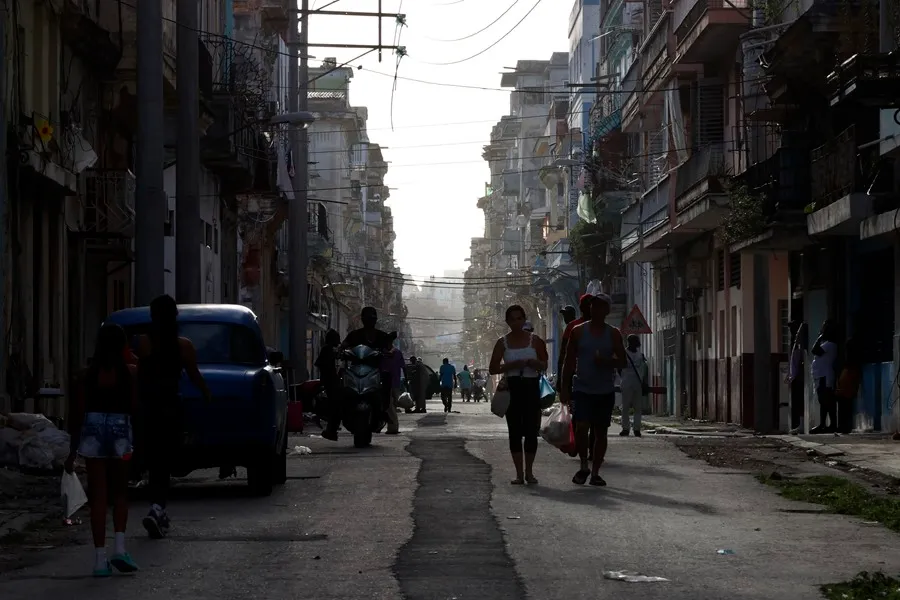
The shortage of bread and rice, liquefied gas and gasoline, basic medicines and public transport, even daily blackouts. Many symptoms of the Cuban polycrisis have their origin in a common problem: the lack of foreign exchange of a state that monopolizes vast sectors of the economy.
The Liquefied Gas Company reported on Monday that it had no balitas (cylinders) until “the next import”, just one day after a freighter with 24,000 tons of wheat docked in Havana, where the manufacture of bread had been paralyzed due to lack of flour.
For weeks the queues at the service centros (gas stations) have been perpetual and many electric generation engines remain at a stop due to a shortage of imported fuel, while large areas of the country suffer blackouts of 20 or more hours a day.
“There is a critical shortage of foreign currency in the country,” Cuban economist and doctor in Public Policies Tamarys Bahamonde told EFE.
Independent experts consulted by EFE agree to start with the collapse of national agricultural and industrial production, which has skyrocketed imports, which account for 80% of what the country consumes, according to the United Nations.
In turn, the main sources of foreign exchange income – tourism, remittances, professional missions (mainly medical), sugar, the biopharmaceutical sector and nickel – have fallen significantly.
This has generated a strong imbalance in the accounts of the State, which exercises the monopoly of foreign trade and other key sectors.
“If there is no production that you can stop importing, we will not get out of this vicious circle,” says Cuban economist Omar Everleny, professor at the University of Havana.
The financial situation is such that in the middle of last year the Government began to decide on budget execution on a regular basis, depending on the actual income of each month.
The Cuban Government underlines the weight of US sanctions and the financial effects of their inclusion in the list of countries sponsoring terrorism for this crisis. The experts, for their part, highlight the internal causes (without denying the damage of the blockade or embargo).
Cuban economist Ricardo Torres, a professor at the American University of Washington (USA), talks about structural imbalances of decades and denounces a bad allocation: “More than a problem of resources, it is a problem of use of money.”
He explains that the Government has financed in the last ten years a “massive construction of hotels” – a sector in the hands of Gaesa, the army’s business consortium – despite very low occupancy rates.
“Seeing the public numbers, I come to the conclusion that it is a country in crisis, without a doubt. But with that I can’t justify that there is not even for wheat,” he says.
The consensus among the experts consulted is that 2025 will be the same or worse than 2024, in which the economy contracted. After five years of serious crisis, Cuban domestic product (GDP) is below 2019 levels.
They do not believe that the measures announced by the Government at the end of 2024, including a deepening of the dollarization of the national economy from the State, will reverse the situation.
Not without controversy, the Government has begun to charge in currency for customs procedures and higher octane gasoline, among others, in addition to converting part of its retail stores into establishments that sell in dollars.
Bahamonde sees in these decisions a copy of those that were taken in the crisis of the 1990s, and that were then reversed.
“It’s a way to raise money. Is it a long-term measure? No, will it guarantee economic development? No, what about growth? Neither. It is purely revenue, rential,” says the economist, who speaks of “subsistence economy.”
Everleny believes that many coordinated and in-depth reforms against the crisis in Cuba would be needed, something he does not perceive after the two severe adjustment packages approved in the last 15 months.
Bahamonde advocates making foreign trade more flexible, establishing a real foreign exchange market, extending participation to the private sector in domestic trade, renouncing the model of centralized administration, and eliminating Gaesa’s control over the Cuban economy, in general, and tourism, in particular.
“All solutions are medium and long-term, but people on the street need solutions today. If drastic, quick measures are not taken,… the time horizon of the resolution is moving away,” he warns.
In Everleny’s opinion, “the state needs long-term aid, like the International Monetary Fund,” because the country has already reached the point of “break”.
However, he himself does not see this option as viable because Cuba does not belong to these international organizations and because he believes that the United States would not approve financing lines for Havana.
International
Colombia says it would not reject Maduro asylum request as regional tensions escalate

The Colombian government stated on Thursday that it would have no reason to reject a potential asylum request from Venezuelan President Nicolás Maduro should he leave office, as regional tensions persist over the deployment of U.S. military forces in the Caribbean since August.
“In the current climate of tension, negotiations are necessary, and if the United States demands a transition or political change, that is something to be assessed. If such a transition results in him (Maduro) needing to live elsewhere or seek protection, Colombia would have no reason to deny it,” said Colombian Foreign Minister Rosa Villavicencio in an interview with Caracol Radio.
However, Villavicencio noted that it is unlikely Maduro would choose Colombia as a refuge. “I believe he would opt for someplace more distant and calmer,” she added.
Colombian President Gustavo Petro also commented on Venezuela’s situation on Wednesday, arguing that the country needs a “democratic revolution” rather than “inefficient repression.” His remarks followed the recent detention and passport cancellation of Cardinal Baltazar Porras at the Caracas airport.
“The Maduro government must understand that responding to external aggression requires more than military preparations; it requires a democratic revolution. A country is defended with more democracy, not more inefficient repression,” Petro wrote on X (formerly Twitter), in a rare public criticism of the Venezuelan leader.
Petro also called for a general amnesty for political opponents and reiterated his call for forming a broad transitional government to address Venezuela’s prolonged crisis.
Since September, U.S. military forces have destroyed more than 20 vessels allegedly carrying drugs in Caribbean and Pacific waters near Venezuela and Colombia, resulting in over 80 deaths.
U.S. President Donald Trump has repeatedly warned that attacks “inside Venezuela” will begin “soon,” while Maduro has urged Venezuelans to prepare for what he describes as an impending external aggression.
International
Cuba battles out-of-control dengue and chikungunya epidemic as death toll rises to 44

Cuba is facing a severe dengue and chikungunya epidemic that has already claimed at least 44 lives, including 29 minors, according to the Ministry of Public Health (Minsap). The outbreak—now considered out of control—has expanded across the entire country amid a critical shortage of resources to confront the emergency.
Authorities report more than 42,000 chikungunya infections and at least 26,000 dengue cases, though they acknowledge significant underreporting as many patients avoid seeking care in health centers where medicines, supplies, and medical personnel are scarce. The first cluster was detected in July in the city of Matanzas, but the government did not officially use the term “epidemic” until November 12.
Chikungunya—virtually unknown on the island until this year—causes high fever, rashes, fatigue, and severe joint pain that can last for months, leaving thousands temporarily incapacitated. Dengue, endemic to the region, triggers fever, muscle pain, vomiting, and, in severe cases, internal bleeding. Cuba currently has no vaccines available for either virus.
Minsap reports that of the 44 deaths recorded so far, 28 were caused by chikungunya and 16 by dengue.
The health crisis unfolds amid deep economic deterioration, marked by the absence of fumigation campaigns, uncollected garbage, and shortages of medical supplies—conditions that have fueled the spread of the Aedes aegypti mosquito, the primary vector for both diseases. “The healthcare system is overwhelmed,” non-official medical sources acknowledge.
Beyond the health impact, the epidemic is heavily disrupting economic and family life. The intense joint pain caused by chikungunya has led to widespread work absences, while hospital overcrowding has forced relatives to leave their jobs to care for the sick. In November, authorities launched a clinical trial using the Cuban drug Jusvinza to reduce joint pain, though results have not yet been released.
International
Ecuador on track for record violence as homicides hit highest level in Latin America again
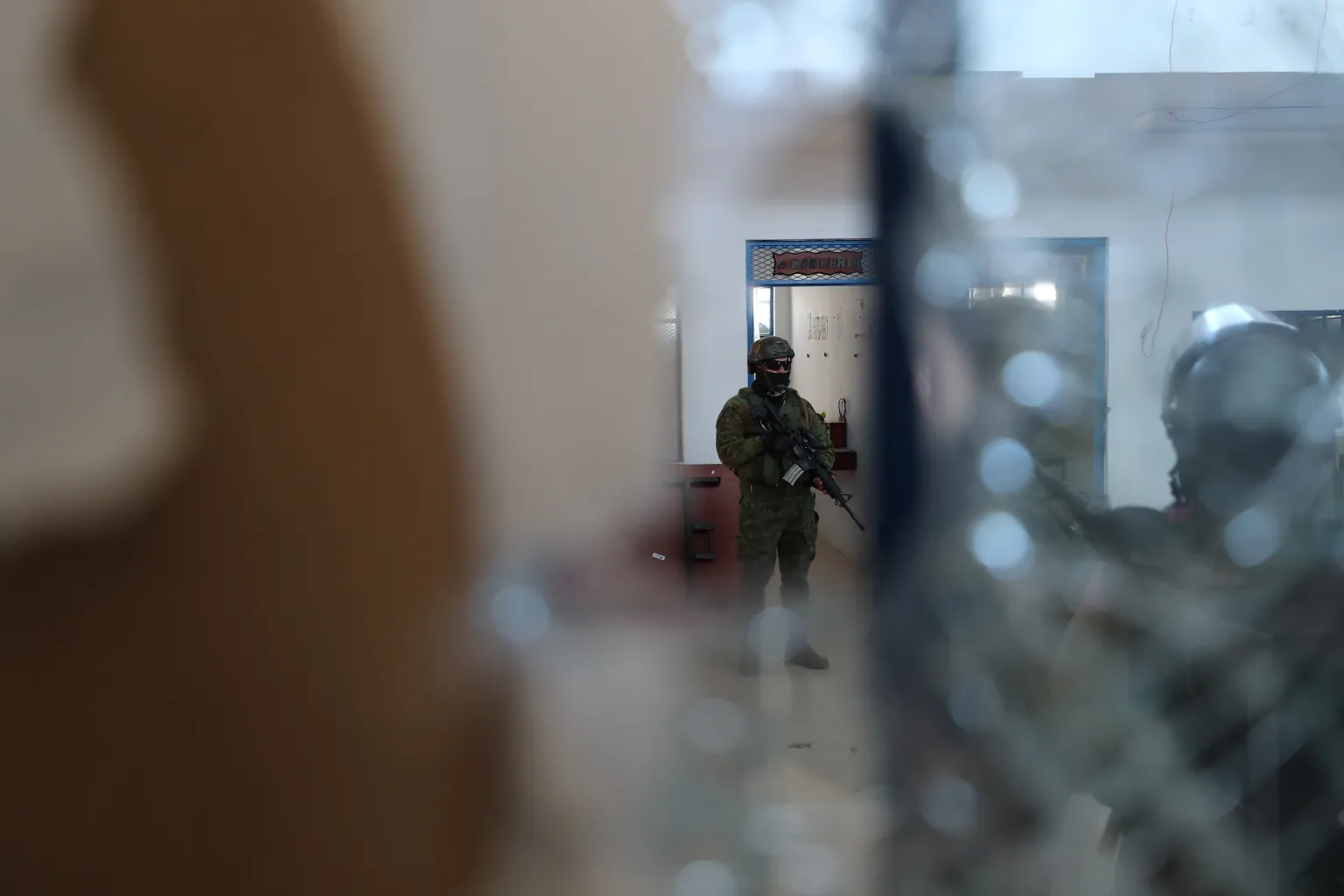
Violence in Ecuador is expected to reach historic levels by the end of 2025, with the country set to record the highest homicide rate in Latin America for the third consecutive year, according to a report released Thursday by the Armed Conflict Location & Event Data Project (ACLED). The organization warns that criminal activity is not only persisting but could worsen in 2026.
Official figures show 7,553 homicides recorded through October, surpassing the 7,063 registered throughout all of 2024. ACLED estimates that 71% of the population was exposed to violent incidents this year, despite President Daniel Noboa’s declaration of an “internal armed conflict” in an attempt to confront powerful criminal groups.
According to the report, several factors are driving the deterioration of security: a territorial war between Los Chonerosand Los Lobos, the two most influential criminal organizations in the country; the fragmentation of other groups after the fall of their leaders; and Ecuador’s expanding role as a strategic hub for regional drug trafficking.
Since 2021, violence has forced the internal displacement of around 132,000 people, while more than 400,000 Ecuadorians — equivalent to 2% of the population — have left the country. Between January and November alone, violent deaths rose 42%, fueled by prison massacres and clashes between rival gangs.
The report warns that conditions may deteriorate further. Ecuador has been added to ACLED’s 2026 Conflict Watchlist, which highlights regions at risk of escalating violence. The expansion of Colombian armed groups such as FARC dissidents and the ELN, state weakness, and a potential rerouting of drug trafficking corridors from the Caribbean to the Pacific intensify the threat.
“The president is facing a wave of violence that shows no signs of easing,” the report concludes.
-

 International3 days ago
International3 days agoMexico City prepares for 13 million pilgrims at Basilica of Guadalupe
-
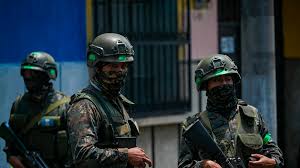
 Central America4 days ago
Central America4 days agoGuatemalan soldier wounded in clash with suspected mexican armed group near border
-

 Central America3 days ago
Central America3 days agoMexico and Guatemala launch joint security operation after Agua Zarca border attack
-
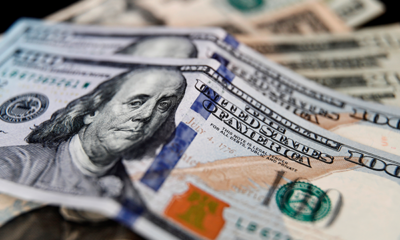
 Central America4 days ago
Central America4 days agoGuatemala reverses asset seizures after judge replacement, benefiting ex-president and former ministers
-

 International2 days ago
International2 days agoWashington declares State of Emergency as atmospheric river brings severe flooding
-

 Central America3 days ago
Central America3 days agoU.S. accuses Ortega regime of systematic human rights abuses in Nicaragua
-

 International2 days ago
International2 days agoU.S. to require five-year social media history from tourists under Visa Waiver Program
-

 Central America3 days ago
Central America3 days agoHonduras’ electoral chief reports ongoing technical issues but says results remain intact
-
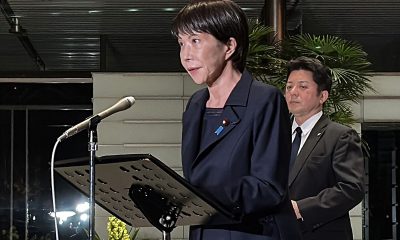
 International4 days ago
International4 days agoJapan lifts tsunami alert after strong 7.6-magnitude earthquake hits northern coast
-

 Central America3 days ago
Central America3 days agoU.S. finds no evidence of fraud in Honduras election despite delays
-

 Central America3 days ago
Central America3 days agoHonduran University: Nullifying elections without proof of fraud undermines popular sovereignty
-

 International4 days ago
International4 days agoInterior Dept. redefines 2026 Patriotic Days, sparking criticism over removed civil rights holidays
-

 Central America3 days ago
Central America3 days agoCNA director says Libre’s defeat stems from “lack of substance,” not messaging
-

 Central America2 days ago
Central America2 days agoOAS and EU urge honduran political actors to respect vote results and avoid unrest
-

 International18 hours ago
International18 hours agoCuba battles out-of-control dengue and chikungunya epidemic as death toll rises to 44
-
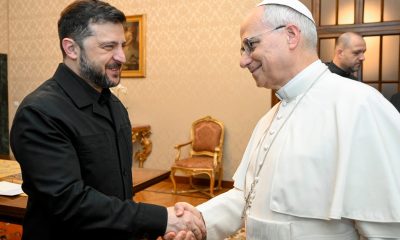
 International3 days ago
International3 days agoZelensky meets Pope Leo XIV as review of U.S. peace plan continues
-

 International18 hours ago
International18 hours agoColombia says it would not reject Maduro asylum request as regional tensions escalate
-

 Central America18 hours ago
Central America18 hours agoHonduras election crisis deepens as CNE president denounces intimidation attempts
-

 International2 days ago
International2 days agoSix ecuadorian soldiers jailed pending trial for alleged extrajudicial execution
-

 International18 hours ago
International18 hours agoEcuador on track for record violence as homicides hit highest level in Latin America again


























